"This morning I was thinking about the things that all young people should know how to do regardless of income, geographical location, life goals, etc. I started a list – see below. Some have “always” been true – some are unique to this century of learning. Let me know of any other universal skills you believe young people should know how to do."
Research and publish the best content.
Get Started for FREE
Sign up with Facebook Sign up with X
I don't have a Facebook or a X account
Already have an account: Login
Tech tools that assist all students to be independent learners & teachers to become better teachers
Curated by
Beth Dichter
 Your new post is loading... Your new post is loading...
 Your new post is loading... Your new post is loading...

Monica S Mcfeeters's curator insight,
May 10, 2013 8:41 PM
Here's something we need most even more than algebra. Girls and Boys that can code are in high demand for awhile. |

JessikaJake's comment,
May 23, 2013 1:37 AM
I followed the link through to https://www.edsurge.com/n/2013-05-13-heading-off-to-summer-coding-camp and was happy to see that iD Tech Camps was on the list! We love them. Jade went 2 years in a row and learned Flash, C+, Video Editing and more.
|



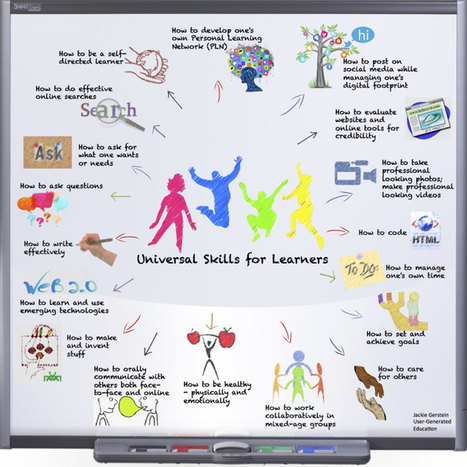

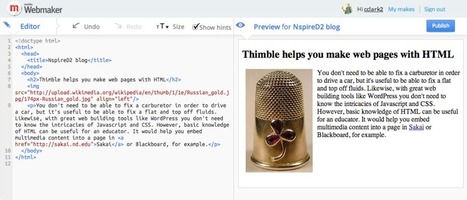
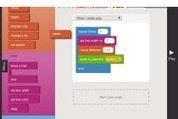



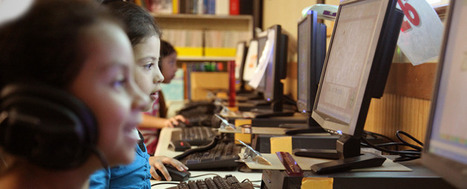
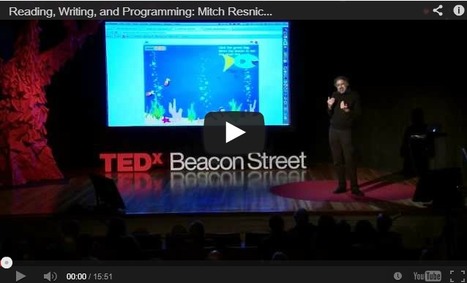





The best question she asks is 'Which are taught in school? Which should be?' These are great questions to explore as a staff in looking at these universal skills.